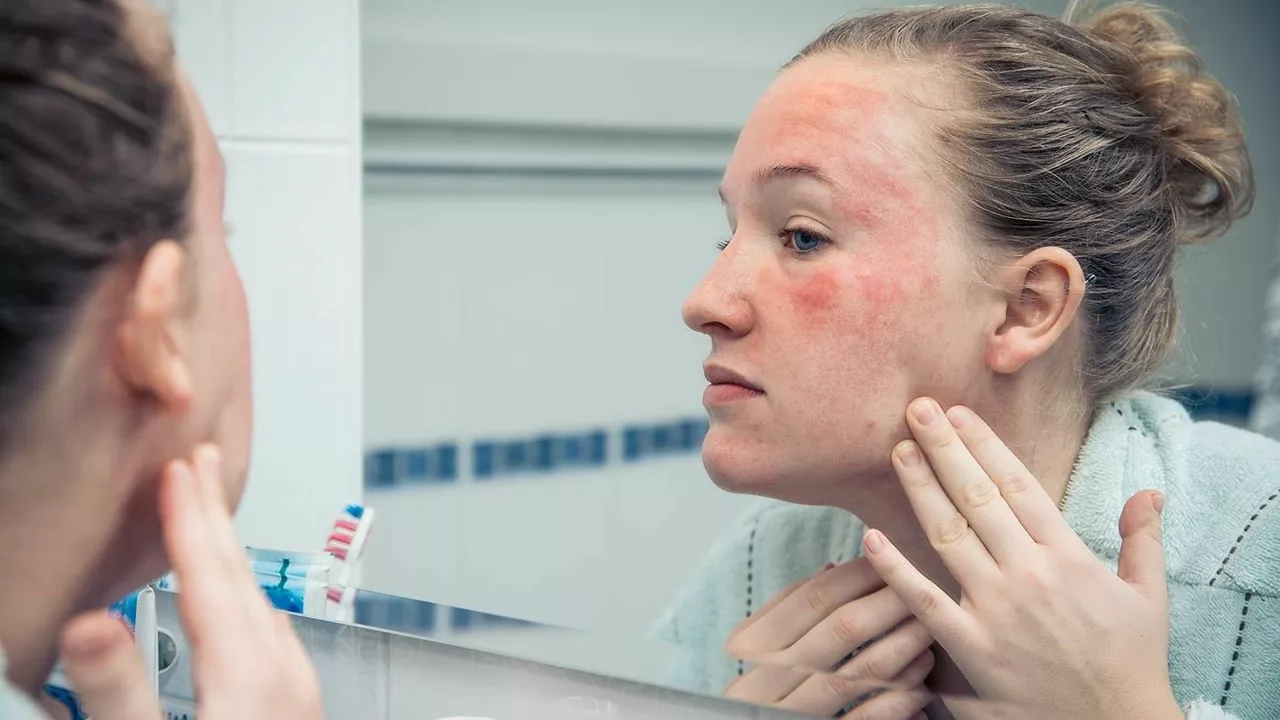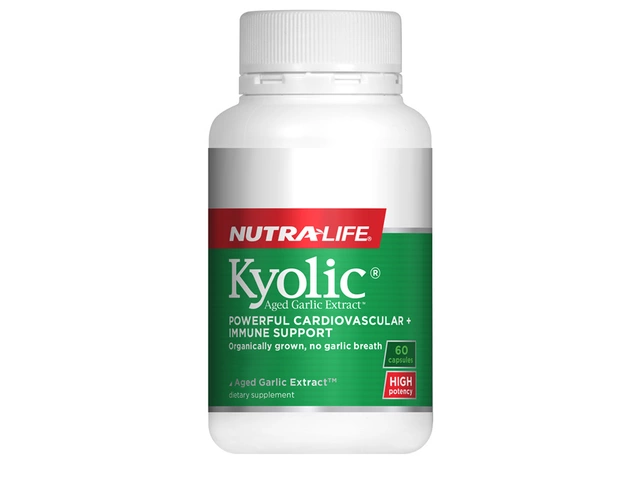Skin Care and Dermatology: Practical Tips & Emerging Treatments
Want straightforward help for common skin problems? This page focuses on practical skin care, what works right now, and the newest directions in dermatology research. I’ll keep things simple: actionable tips you can try today and clear updates on treatments for conditions like contact dermatitis.
Everyday skin care that actually helps
Start with a gentle routine. Use a mild, fragrance-free cleanser and lukewarm water—hot water strips oils and makes dryness worse. Apply a basic moisturizer twice a day; look for ingredients like ceramides, glycerin, or hyaluronic acid. These repair the skin barrier and reduce irritation.
Protect your skin from the sun. A broad-spectrum SPF 30+ each morning prevents inflammation, speeds healing, and lowers risk of long-term damage. If you have sensitive or reactive skin, choose mineral sunscreens with zinc oxide or titanium dioxide; they’re less likely to sting.
When a flare starts, stop new products. Many reactions come from a new cream, soap, or perfume. Patch-test any new product on the inside forearm for a few days before using it widely. If a spot is itchy or red, a cool compress and an emollient can calm it while you decide the next step.
Contact dermatitis: what’s proven and what’s coming
Contact dermatitis shows up as redness, itching, and sometimes blisters where something touched your skin. The first step is always identification and avoidance. Patch testing by a dermatologist finds allergens like nickel, fragrances, or preservatives so you can stop exposure for good.
Topical steroids remain a fast way to reduce inflammation for many acute reactions. For longer use on sensitive areas, doctors often prefer steroid-sparing options such as topical immunomodulators—tacrolimus and pimecrolimus—which calm immune activity without thinning skin.
Newer directions are exciting: researchers are testing biologic drugs and targeted therapies that aim at specific immune signals. For example, IL-4/IL-13 blockers used in other eczema types are being explored for severe, chronic contact dermatitis with promising early results. There’s also growing work on skin barrier repair and the skin microbiome—products that restore lipids and support healthy microbes can lower reactivity over time.
What should you do if over-the-counter care fails? See a dermatologist. They can run tests, prescribe stronger topical or oral meds when needed, and discuss newer treatments or clinical trials if appropriate. If symptoms include swelling of the face or breathing trouble, seek emergency care right away.
Short, practical checklist: 1) Cut out new products and perfumes; 2) Use gentle cleanser and ceramide moisturizer; 3) Use sunscreen daily; 4) Get patch tested for persistent cases; 5) Talk to your dermatologist about steroid alternatives or newer targeted options.
This category will keep updating as new studies and treatments appear. Bookmark this page for simple advice and clear explanations on the latest dermatology topics that matter for everyday skin health.

As a blogger, I'm always on the lookout for the latest advancements in medical science, and recently, I came across some fascinating developments in the field of contact dermatitis treatment. In the future, we can expect to see new therapies and research transforming the way we approach this common skin condition. Emerging treatments, such as topical immunomodulators and biologic agents, promise to provide more targeted and effective relief for sufferers. Furthermore, ongoing research is shedding light on the underlying causes of contact dermatitis, which will undoubtedly lead to even more innovative solutions. I'm excited to keep an eye on these developments and share them with you as they progress.
Chris Gore May 19, 2023




